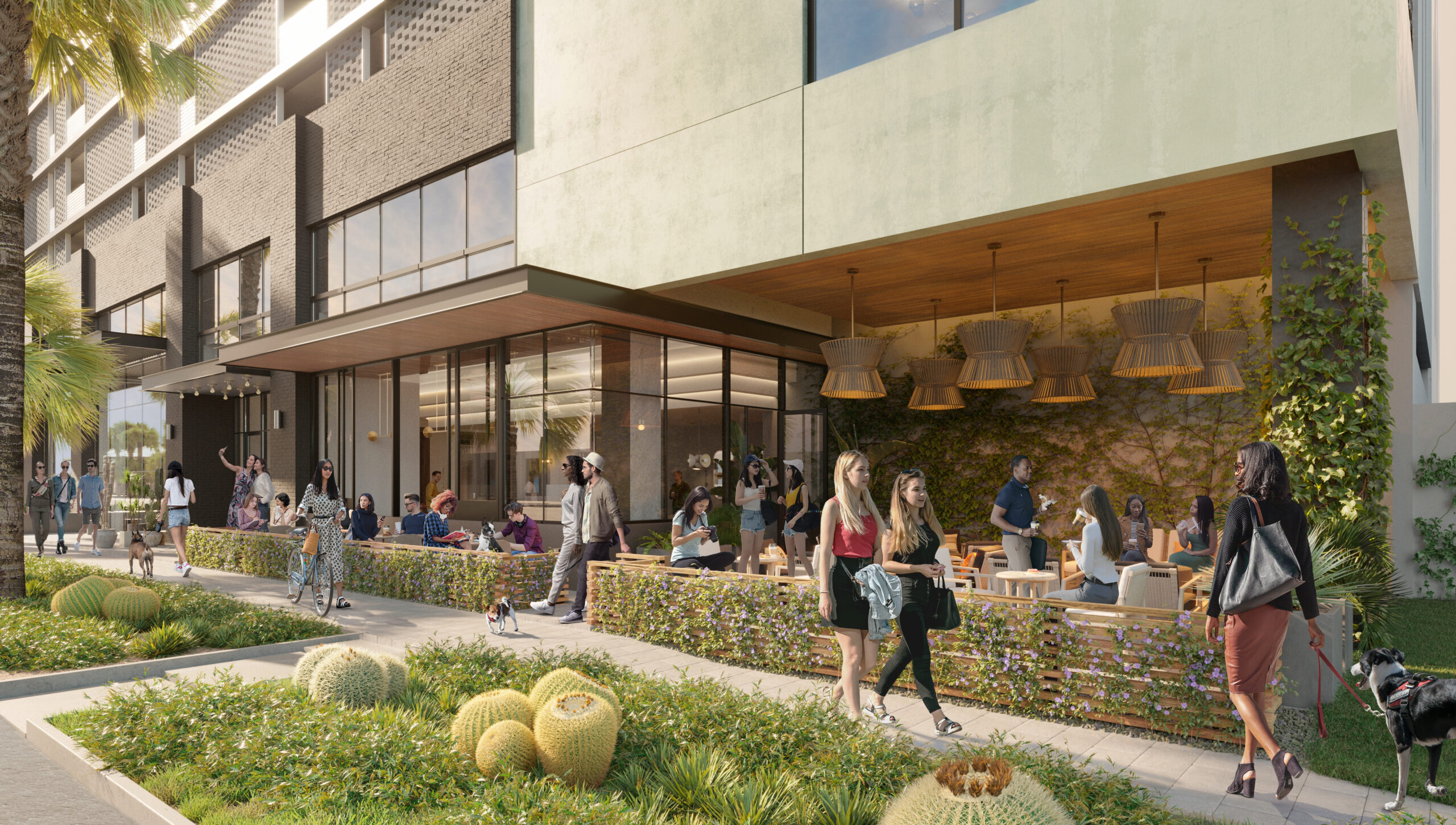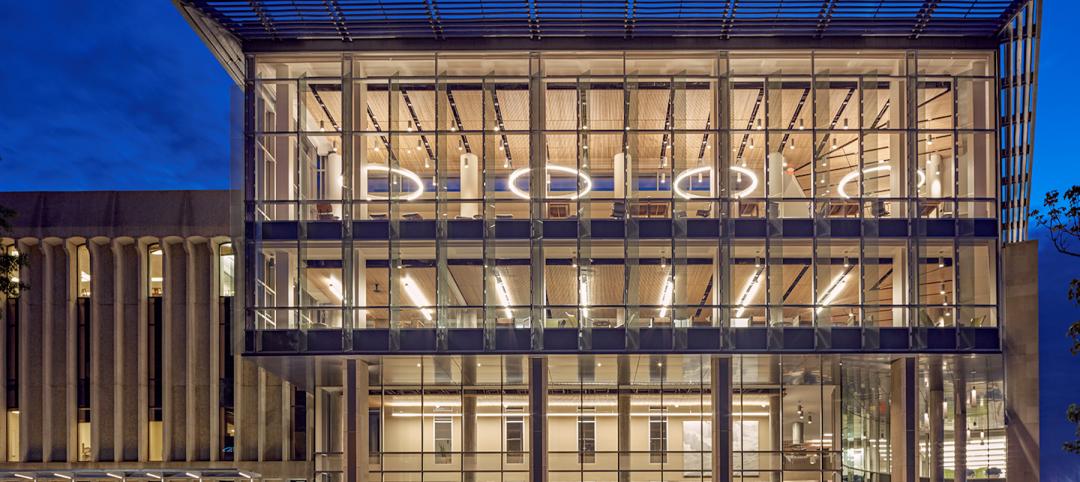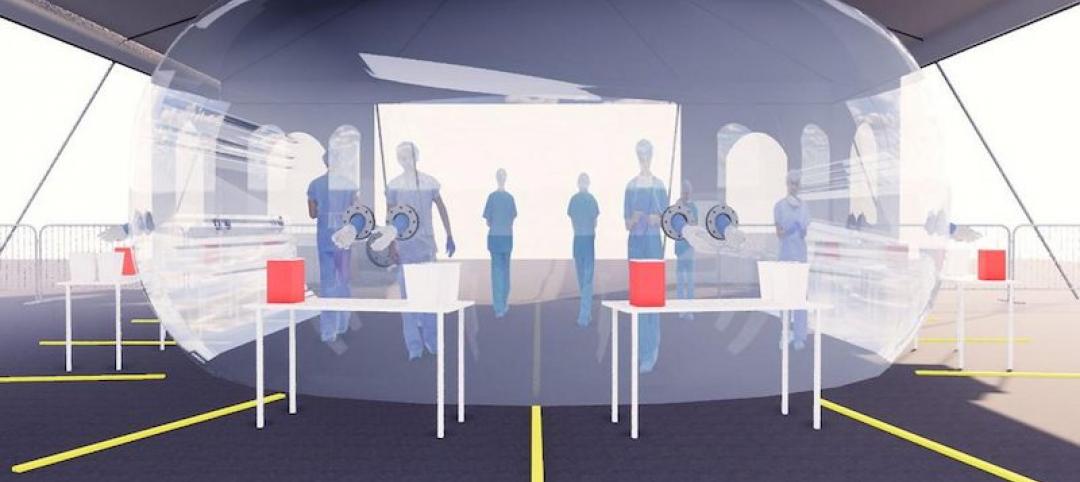What makes a city walkable? The United States Environmental Protection Agency defines walkability simply as “a walkable place that is easy to walk around.” While that’s true, I believe there are so many factors that impact a city’s walkability including housing demand, density, local zoning code decisions, manageable distances, forward thinking developments, and diverse communities.
From my own experience living in and designing developments for Phoenix, Ariz., I’ve witnessed that a pedestrian focused downtown benefits most when our cities are not only easy to navigate but also create spaces where people can live, work, and play.
Making downtown Phoenix a pedestrian-focused city
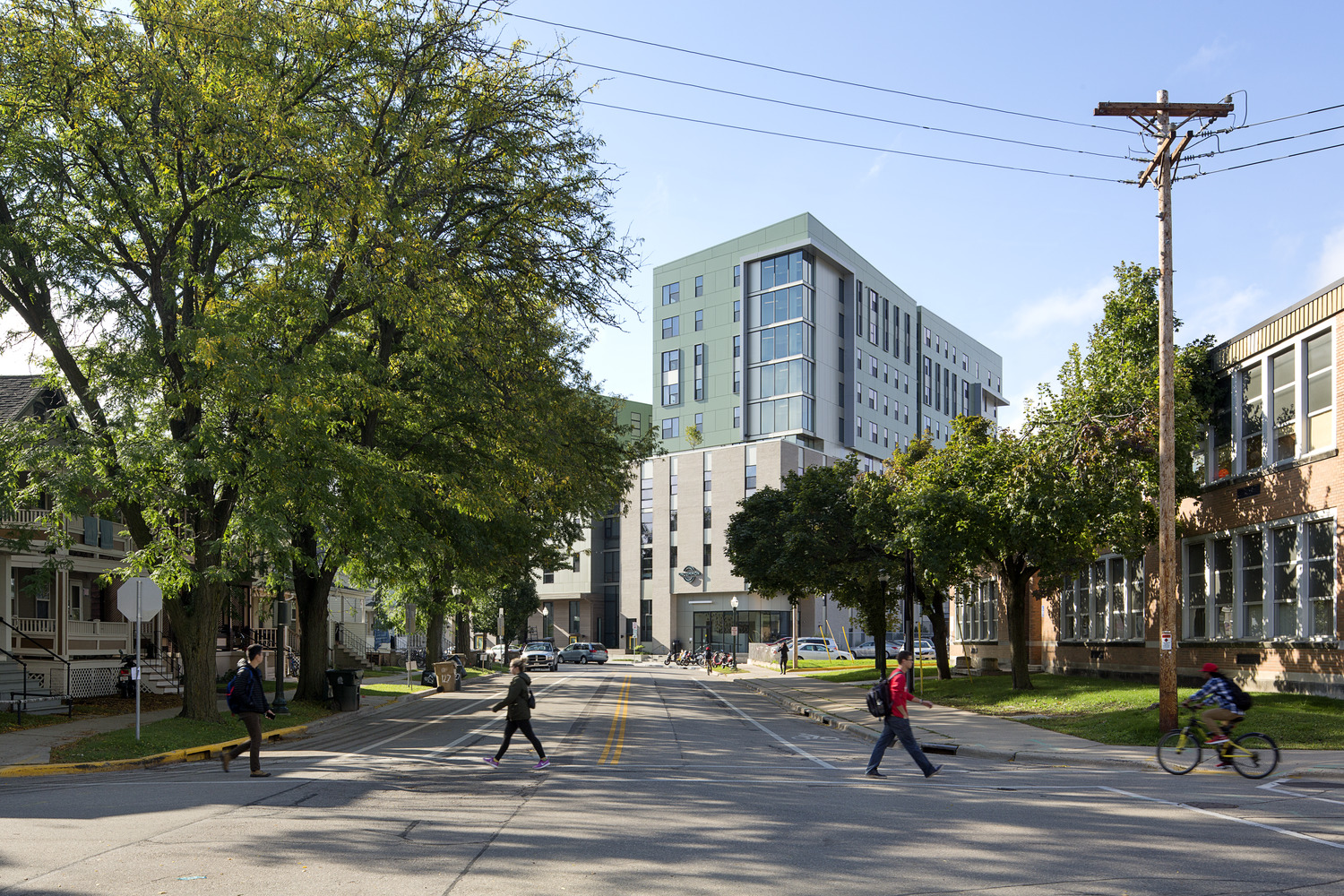
Mass Transit – Extending the Light Rail System
The vision and birth of a pedestrian focused downtown Phoenix began with the extension of the light rail system. Neighborhoods started to see the change as underused lots along Central Ave (light rail corridor) were replaced with new housing and light commercial. With a mass transit infrastructure in place, the city collaborated with local universities to extend campuses downtown. This increased population of students created the need for additional housing. To sustain a thriving downtown, the city increased its density, and lots that were zoned for fifteen single family homes were now being redeveloped to accommodate more than 200 units.
Zoning Code – Sustainability Bonus Credits
Walkable cities benefit from a pedestrian-first zoning code. The City of Phoenix Downtown Code includes a sustainability bonus system where projects that exhibit environmentally friendly design are awarded additional entitlements. For our Moontower project, we were able to increase the dwelling unit density and lot coverage by offsetting the increases with sustainability bonus credits. This included making 60% of the hardscape surface at grade permeable and exceeding the minimum landscape requirements by providing larger trees to increase the shading of public spaces.
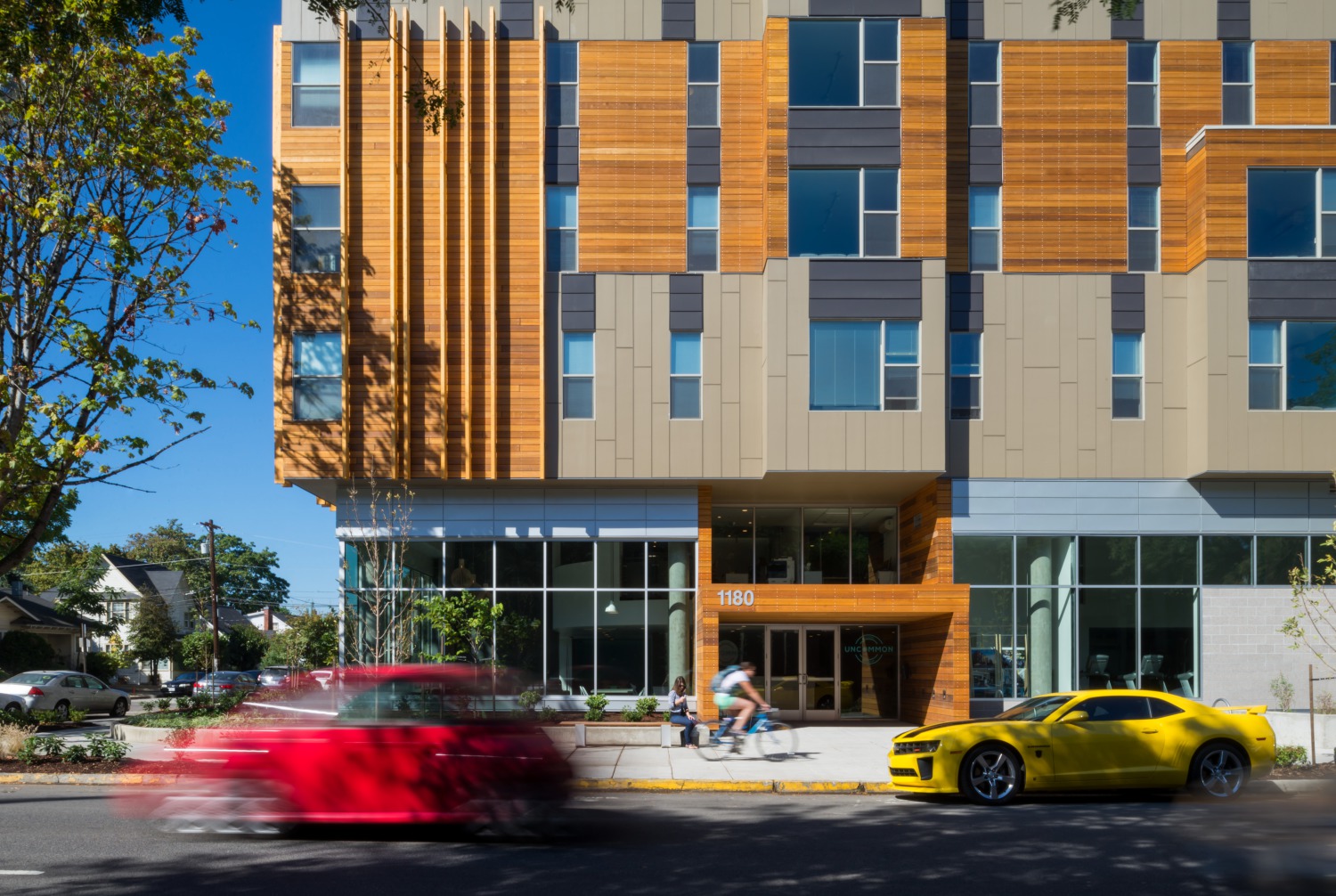
In addition, we were able to select bonus improvements that would benefit the project and the surrounding community. For example, the entrance for Moontower fronts the newly renovated 3rd Street bike corridor. As part of the pedestrian-first policy, a vehicular lane in each direction was removed along 3rd Street to provide more visibility to bicycle lanes. To enhance the experience of cyclists and pedestrians, some of the bonus improvements we provided were a public bike maintenance station and benches.
Culture – Creating a Sense of Place
Art and culture also play a huge role in making pedestrian friendly cities aesthetically pleasing. It gives communities a sense of place and is recognizable to those that visit or live there. Phoenix has embraced local muralists and made downtown the epicenter of the art scene, incorporating artwork into its bonus improvement system. To add to the identity of areas like Roosevelt Row, we’ve incorporated murals at ground level and murals as a screening element to garage levels to conceal parking beyond.
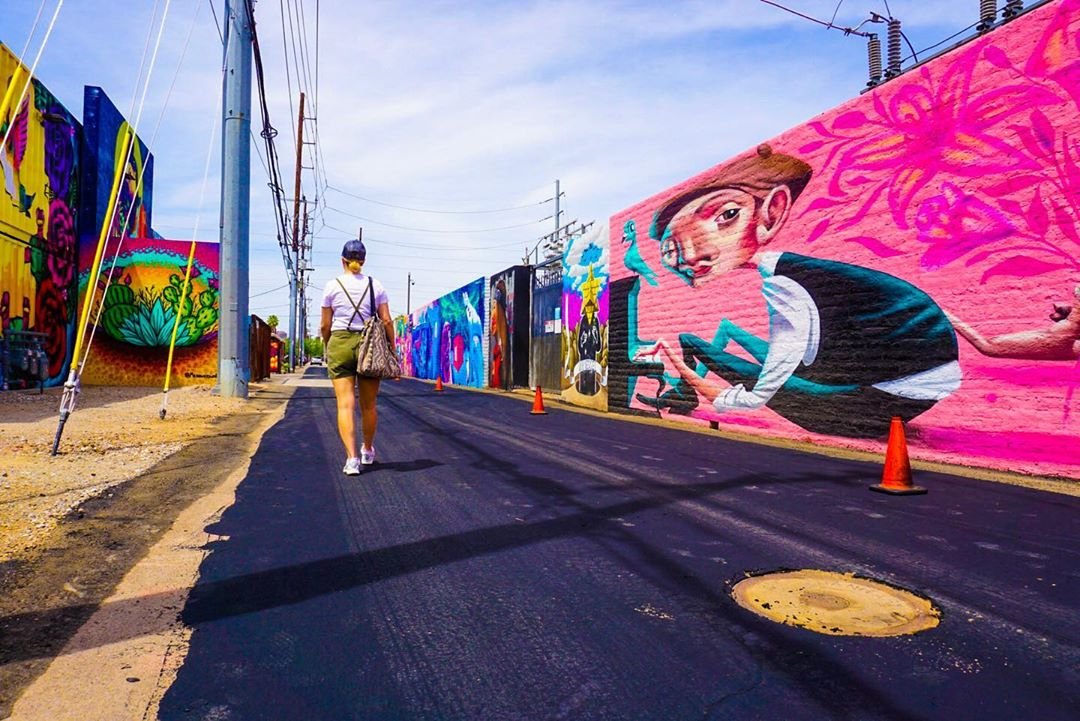
Via zoning and city planning, we are part of the solution designing walkable aspects in downtown Phoenix. When working with forward thinking developers, we have been able to assist in site selection and development of mixed-use spaces to incorporate residential, commercial, and recreational developments in close proximity. The X-Phoenix incorporates a live-work environment where residents have access to private offices, worktables, or workspaces. Other projects have included new minority-owned local retail, and by the end of the year, two new projects will provide cafés and restaurants to the Phoenix foodie scene.
Walkable Infrastructure for a Walkable Lifestyle
Walkable cities are not just a buzz word based on a current market trend. We need to create more pedestrian-focused cities that offer a walking lifestyle and connect residents to their everyday life, job, and daily activities. A walkable infrastructure requires collaboration with local building departments, developers and designers to create safe, diverse, and memorable environments.
Developing residential projects alone does not make a community. A community involves residents having the opportunity to walk to their local grocery store, meet friends for drinks after work, walk their dog along well-lit and shaded sidewalks, and stop by their local coffee shop to on their walk to the office.
More from Author
Shepley Bulfinch | Aug 12, 2024
Planning for growing computer science programs
Driven by emerging AI developments and digital transformation in the business world, university computer science programs are projected to grow by nearly 15% by 2030.
Shepley Bulfinch | Jul 11, 2024
3 considerations for designing healthy, adaptable student dining
Amanda Vigneau, IIDA, NCDIQ, LEED ID+C, Director, Shepley Bulfinch, shares three ways student dining facilities have evolved to match changes in student life.
Shepley Bulfinch | Nov 27, 2023
7 ways multifamily designers can promote wellness in urban communities
Shepley Bulfinch's Natalie Shutt-Banks, AIA, identifies design elements that multifamily developers can use to maximize space while creating a positive impact on residents and the planet
Shepley Bulfinch | Jul 6, 2023
The responsibility of adapting historic university buildings
Shepley Bulfinch's David Whitehill, AIA, believes the adaptive reuse of historic university buildings is not a matter of sentimentality but of practicality, progress, and preservation.
Shepley Bulfinch | Apr 5, 2023
Carole Wedge, former Shepley Bulfinch President and CEO, retires after 37 years
Wedge’s 37-year career at Shepley Bulfinch evolved a historic firm into a national design practice.
Shepley Bulfinch | Aug 8, 2022
The technology balancing act
As our world reopens from COVID isolation, we are entering back into undefined territory – a form of hybrid existence.
Shepley Bulfinch | Jul 26, 2022
Better design with a “brain break”
During the design process, there aren’t necessarily opportunities to implement “brain breaks,” brief moments to take a purposeful pause from the task at hand and refocus before returning to work.
Shepley Bulfinch | Jul 11, 2022
Student life design impacts campus wellness
As interior designers, we have the opportunity and responsibility to help students achieve deeper levels of engagement in their learning, social involvement, and personal growth on college campuses.
Shepley Bulfinch | Jun 8, 2022
Welcome to the hybrid library
Libraries have grown to become the intellectual and social hubs of campus, where, prior to March 2020, students, researchers, and faculty gathered to collaborate and connect.
Shepley Bulfinch | Jul 14, 2020
Is there a way to test for Covid-19 without PPE?
We developed a unique design concept: a testing booth that allows healthcare workers to administer tests without using PPE or being exposed.

